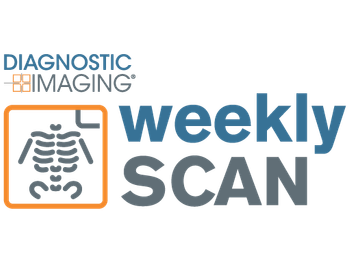
Check out the top radiology content of the past week.

Check out the top radiology content of the past week.
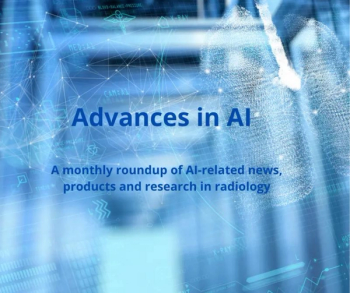
Catch up on the top AI-related news and research of the past month.
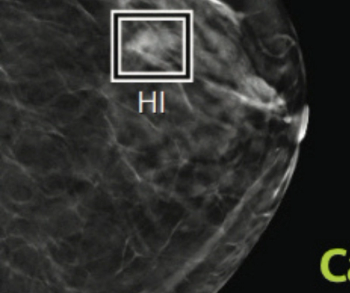
The artificial intelligence (AI) software Saige-Density™ reportedly provides automated assessment of breast density during mammography exams.

Catch up on the top radiology content of the past week.
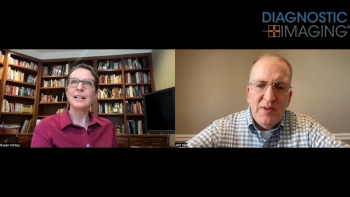
In a recent video interview, Susan Holley, MD discussed key findings from a large retrospective longitudinal study, presented at the recent Radiological Society of North America (RSNA) conference, which found that an emerging artificial intelligence (AI) model was over 24 percent more consistent than radiologist assessment of breast density.

An emerging artificial intelligence algorithm, developed to estimate volumetric breast density from 3D-reconstructed digital breast tomosynthesis images, could potentially facilitate individual risk assessments for breast cancer.

Catch up on the top radiology content of the past week.

In a study of over 800 women with breast cancer, researchers found that African-American women had a higher rate of ductal carcinoma in situ (DCIS) and were less likely to have irregular masses in screening exams in comparison to non-Latina White women.
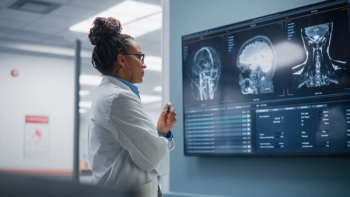
The ebbs and flows of worklists in radiology require equal parts productivity and preservation.

Catch up on the top radiology content of the past week.
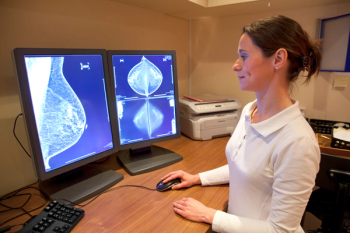
In a recently published article, researchers from Yale University discuss the pros and cons of current FDA regulations as they apply to the clearance and use of adjunctive artificial intelligence (AI) software with conventional breast cancer screening modalities such as mammography.

Catch up on the top radiology content of the past week.
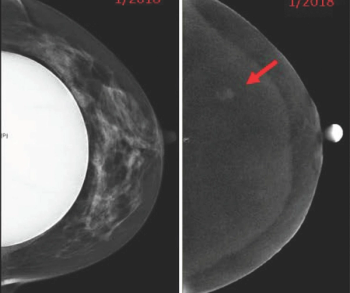
In a new study involving 198 contrast-enhanced mammography exams in 104 women with breast implants, researchers noted that only one patient had a complication.

Is due consideration of patient history, demographics, and previous imaging essential or a cheater’s crutch when assessing new imaging?

Catch up on the top radiology content of the past week.

In separate test sets of Israeli women and United States women who had either ductal carcinoma in situ or invasive breast cancer, emerging artificial intelligence (AI) algorithms achieved an area under the curve (AOC) of 88 percent and 80 percent, respectively, for malignancy detection.

Rads will always have to deal with forces outside of their control, but it’s how we address those forces that makes us the type of radiologist we can be proud of.

Catch up on the top radiology content of the past week.
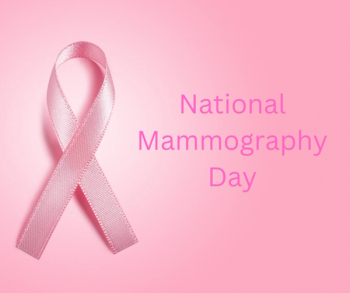
For National Mammography Day, Diagnostic Imaging offers a closer look at emerging news, current insights and recent research on mammography.

In a recent letter to U.S. Rep. Rosa DeLauro (D-CT), the Food and Drug Administration (FDA) said a final rule on amendments to the Mammography Quality Standards Act (MQSA), including an oft-delayed national standard for breast density notification in mammography reporting, may be published in the next couple of months.

Catch up on the top radiology content of the past week.
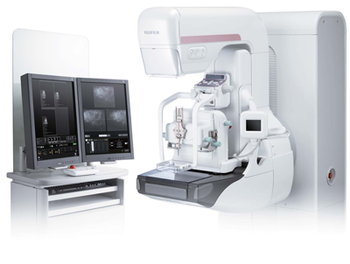
As literature continues to emerge about the potential of contrast-enhanced digital mammography (CEDM), this author reviews clinical and practical benefits of the modality and pertinent steps for adding it to your diagnostic armamentarium.

In a large retrospective review of over four million Medicare claims, researchers found that Black women were 16 percent less likely to have access to digital breast tomosynthesis than White women.

Catch up on the top radiology content of the past week.
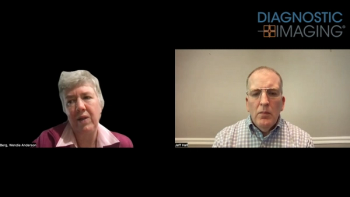
In a wide-ranging video interview, Wendie Berg, MD, PhD, discussed her family history with breast cancer, the founding of DenseBreast-info.org, emerging research with contrast-enhanced mammography and the need for a national standard on breast density notifications.